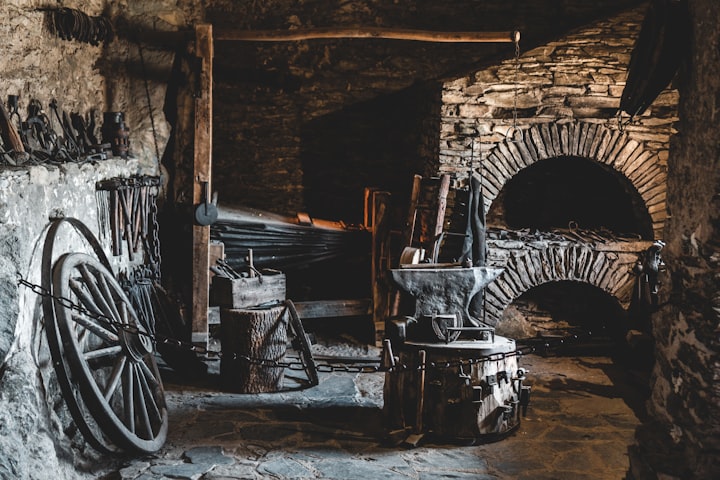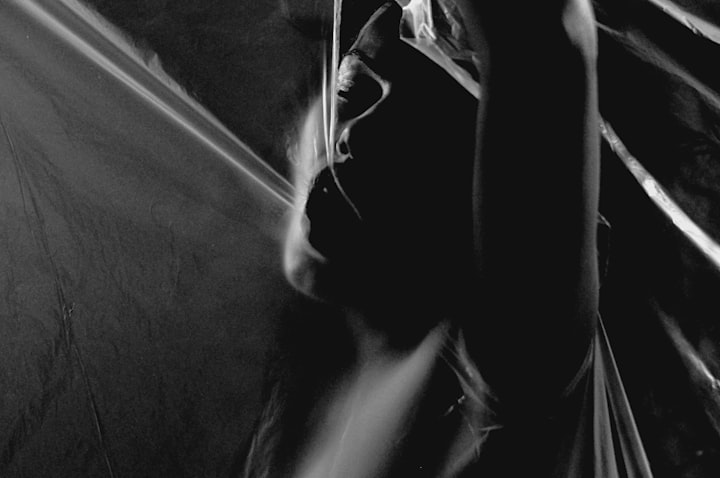
Although the history of human ingenuity is a long and winding road, some inventions have had a far greater global impact than others because innovations are typically created to solve problems; however, not all challenges and inventions are created equal.
Dark Ages: Historical Background
The terms “Dark Ages” and even “Middle Ages” are loaded with historical biases. This was an era filled with inventions and innovation. Inventions in the Middle Ages were not as advanced as they are today. Nonetheless, a few of them were pretty intriguing.
“Dark Ages” refers to the period of European history that occurred between the end of the Western Roman Empire with the conquest of Rome by the Vandals in 476. Middle Ages refers to European history before the beginning of the Modern Age with the conquest of Constantinople by the Ottoman Turks in 1453.
The early and late middle ages are two periods in this epoch. Watermills, windmills, and iron plows are examples of medieval technological breakthroughs that were preserved by Europeans.
Dark Ages: Debunking the Myth
Some still believe that we call this period the Dark Ages because there were no new advances or knowledge, religion became more important, and people were superstitious, there was no central government, people were illiterate, and there was violence.
All of these beliefs are biased and incorrect.
The Middle Ages, particularly the early period, became known as the Dark Ages because Renaissance thinkers positioned themselves as inheritors of Greek and Roman thought and science, reviving antiquity’s culture.
According to the Renaissance, the arts and sciences had declined during the Middle Ages compared to antiquity.
Nevertheless, the Middle Ages was a period of history that saw significant advancements in architecture and construction.
This article will explore how some of these inventions changed life in medieval times.
Mechanical clock
Medieval Europeans inherited the simple principles for hydraulic clocks from the Romans. In the 13th century, they adopted and eventually overcame former designs by creating purely mechanical clocks that operated based on weights and gravity. Drops fell from one container to another on a regular basis, and the time was marked by the water level.
Hourglass
One example of a medieval invention used to measure time is the hourglass. A French monk named Liutprand is thought to have invented this revolutionary method of measuring time in the 8th century A.D.
The hourglass was ideal for ocean travel because it was unaffected by swaying waves.
Trebuchet
The trebuchet is a siege weapon that dates back to the Middle Ages. The weapon was designed to smash masonry walls or launch projectiles over them.
Early models had wheels, allowing them to move close to enemy fortresses and walls.
The trebuchet originated in China. It was used by Europeans during the Crusades and was a genuinely effective and terrifying weapon for the time.
Eyeglasses
Eyeglasses are another example, as they are used to correct vision problems.
The first corrective lenses for vision appeared in the first century A.D. These lenses were made from semi-precious stones.
Some believe glasses were created by Salvino D’Armati in Italy during the 13th century.
Glasses, more akin to what we know today, first appeared in Germany in 1270. The glasses, which had iron rims and were riveted together, lacked fixed stems.
It took until the seventeenth century to get glasses with ear supports. Robert Grosseteste and Roger Bacon created the first modern spectacles, but it was Benjamin Franklin in 1785 who invented the first bifocal spectacles for seeing both far and near.
Final Thoughts
As many people believed, the Dark Ages was not a period of intellectual, cultural, economic, and political decline.
These are just a few examples of inventions that exemplified the creative flux during the dark ages.
Many of the principles they upheld are still relevant today, and they helped shape the world we live in.
We owe it to our ancestors for these ingenious inventions from the Middle Ages.

Check out Originality.AI, Jasper AI, Notion AI, or Undetectable.AI, and don't miss out on special gifts and all the latest and most innovative tools for creators. If you find my affiliate links, I may earn a small commission at no additional cost to you, so I highly appreciated your support. Till next time, cheers. - Rui
About the Creator
Rui Alves
Hi, I'm Rui Alves, a teacher, army veteran & digital pathfinder. Author, alchemist of sound & Gen-AI artist.






Comments (1)
Interesting